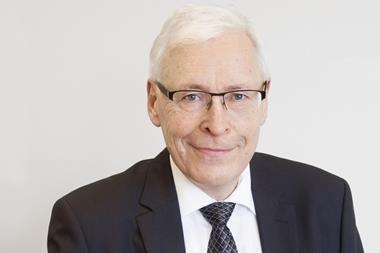GERMANY - Calls to integrate the funded first-pillar pension professional schemes into the state retirement provision would harm the system, says Hans-Wilhelm Korfmacher, managing director of WPV, the Dusselfdorf-based scheme for accountants.
After the financial crisis the debate reignited on transferring those professionals who are currently provided for in Versorgungswerke, the first-pillar funds for doctors, tax consultants, accountants, and other professions, into the state system (see earlier IPE-story: ABV gains assurances on 'first pillar' pensions status).
Critics of the system, created in the 1950s when these professions were refused membership of the state first pillar benefits, argue that the special pension regulation for these professions means that around 700,000 are not paying into the state pension system.
Korfmacher warns those critics to be careful what they are wishing for as longevity among those professions is well above the national average.
Longevity in the general public has increased 1.8 years for men and 1.5 for women between 1991 and 2002 while the longevity tables for the Versorgungswerke members had to be adjusted by 3.4 years for men and 2.2 years for women, he points out.
In total the average life expectancy of a 60-year old man is 19.4 years if he is part of the average population but 23.9 years if he works in one of the ‘liberal professions'. For women the difference is 3.2 years with the average 60-year-old female doctor, lawyer or vet living for another 27.1 years.
"If these funds were to be integrated into the state pension it would be a great burden for the system," he explains.
Furthermore, he added that existing assets in the Versorgungswerke could not be touched anyway.
"We have over 80 functioning systems which are working without state subsidies - it does not make sense to change a winning team," he notes.
His own €1.4bn Versorgungswerk which covers accountants in 15 German provinces has ended 2008 with a positive 3.6% net yield. For 2009 the fund will be reporting a net yield of more than 4%, which is the long-term discount rate the fund needs to achieve.














No comments yet